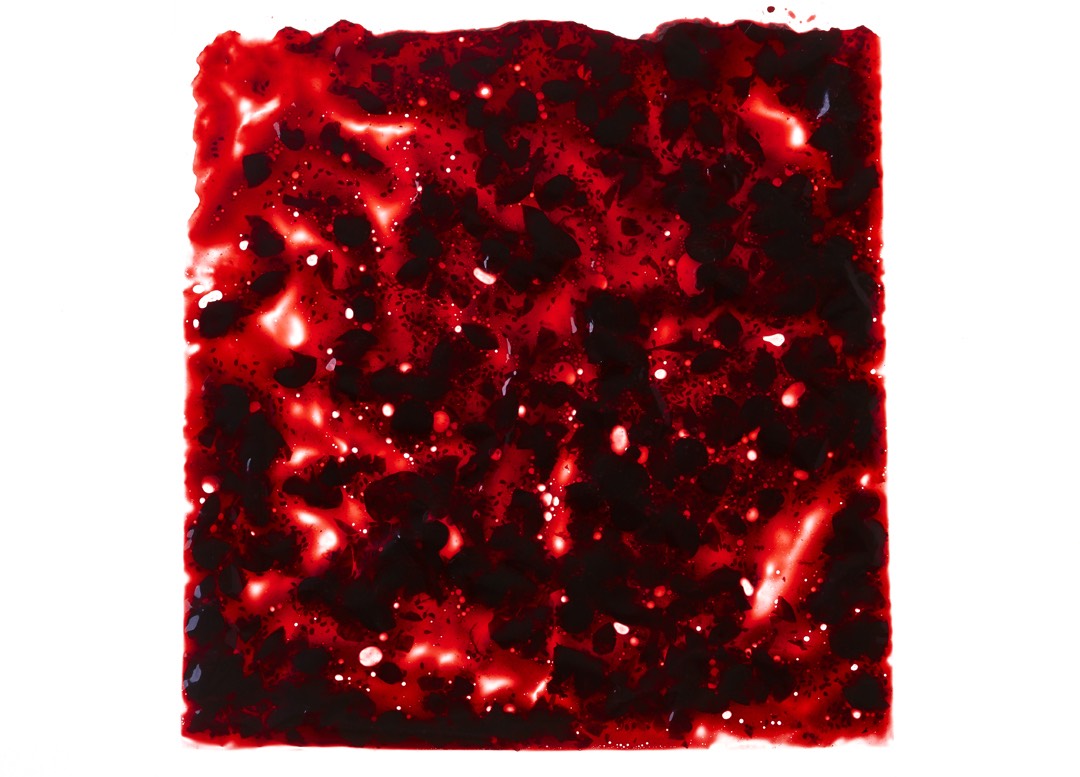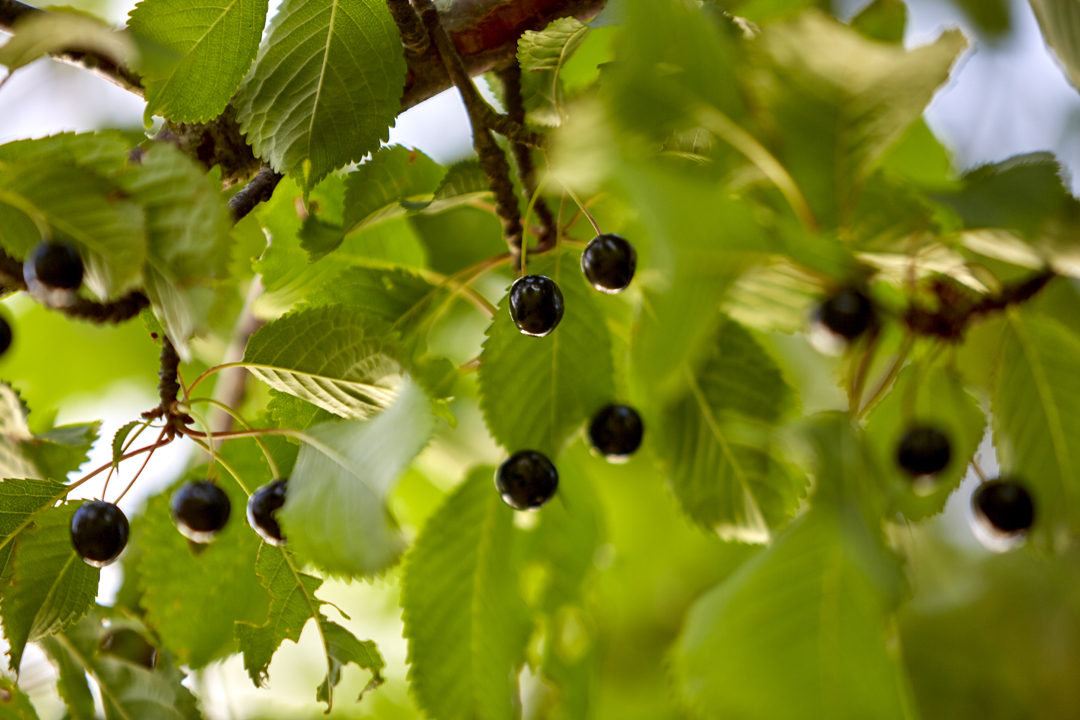
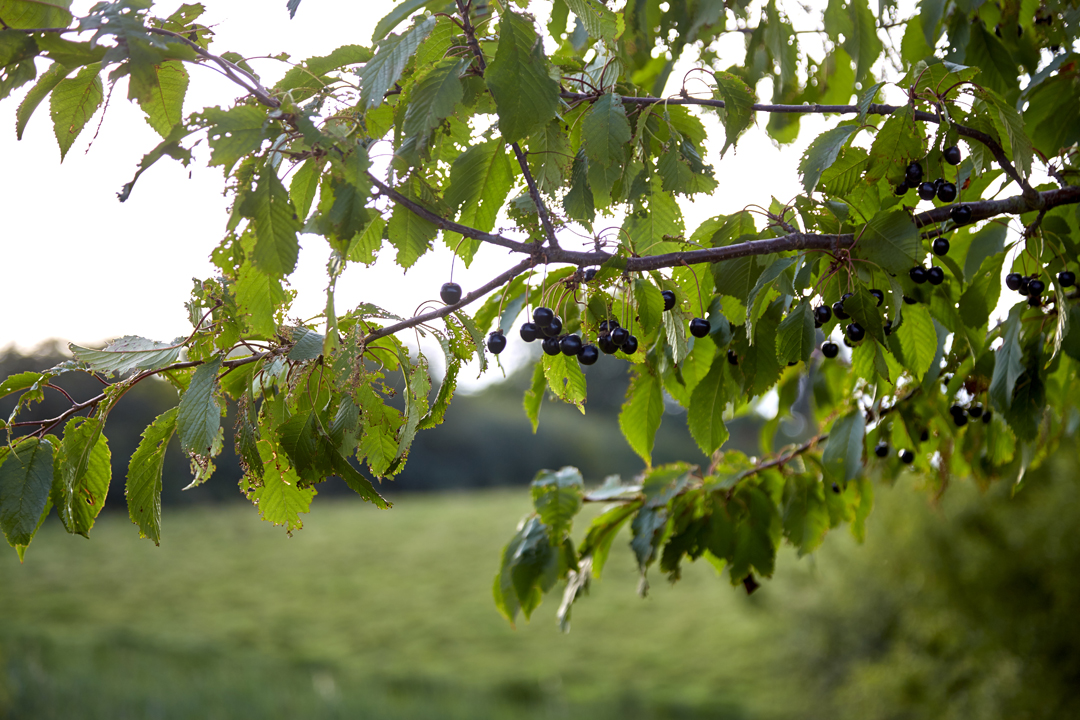
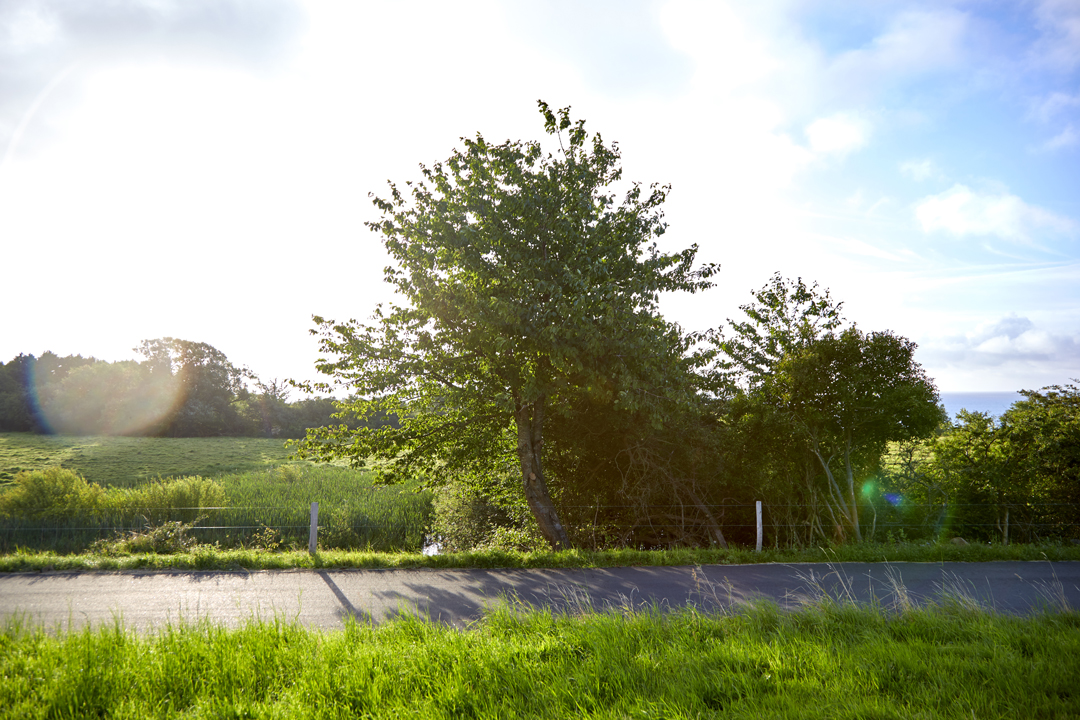
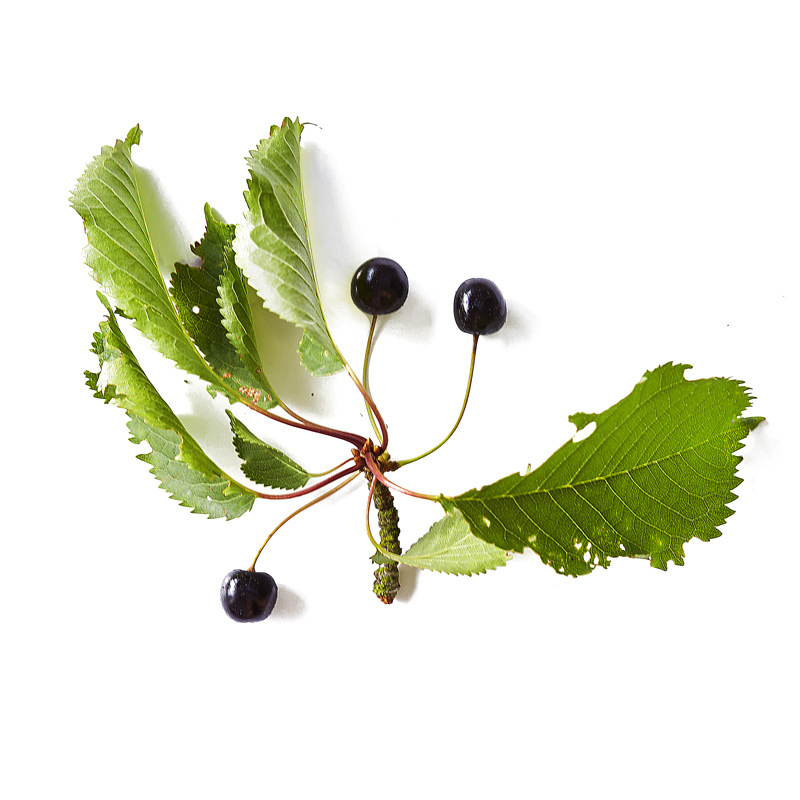
Wild cherry
The wood from wild cherry trees is coveted in furniture making because it resembles mahogany. The fruit, however, is often overlooked, though it offers flavors far more nuanced than those available in grocery store cherries.
-
Where to Find It
If wild cherry trees are exposed to too much wind, they'll bear less fruit, so look for them in places where the wind is kept at bay, like the sheltered side of a hedge, or on a woodland edge where they grow with other hardwood trees (especially beeches). The farther west you go, the more difficult it is to find wild cherries. Many grow on Bornholm, where they thrive in the warm, dry soil packed with nutrients.
Deciduous forests, towns, hedges. -
When to Find It
Wild cherry trees bloom in May, and the berries are normally ripe from July until August.
Berries: July, August. -
How to Spot It
Look for a tall tree—20 meters isn't unusual—with a straight trunk and branches that grow in rings up along the trunk. The bark is reddish-brown with distinct, cork-like bands around the trunk. The serrated leaves are bright green on top, and lighter underneath. The long-stemmed white flowers and buds grow in bunches, while the cherries, which can be yellow, red, or black, also also grow on long, neat stems. Wild cherries are slightly smaller than the hard, inflated cherries you buy at the supermarket.
-
How to Pick It
Pick ripe berries by hand.
Risk of misidentifying the plant
Wild cherry trees can be confused with a lower-growing tree called the sour cherry, which isn't dangerous, but doesn't have the same tasty qualities. Sour cherry leaves have a few large teeth, while the wild cherry tree's leaves are more finely toothed.


